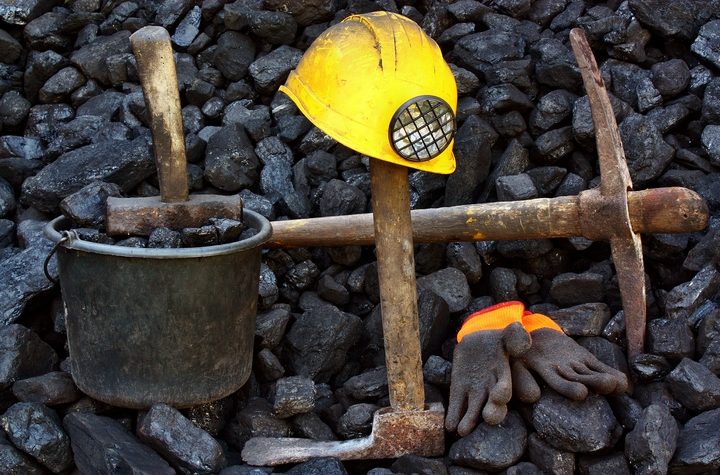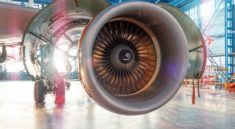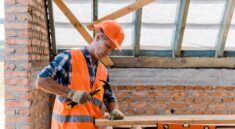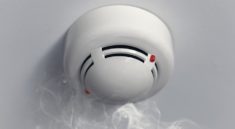Wearing protective gear minimizes or prevents injuries. It is a prerequisite for safe mining activities. Mineworkers should wear full safety gear to protect their entire body from injury or harm.
Head to toe safety is a mandatory prerequisite for all miners. They should carry self-rescue devices as an additional safety precaution. In cold climates, miners should wear appropriate winter clothing to enhance their safety and stay warm. Such wear includes thermal socks, gloves, appropriate underwear, wind-resistant pants, and winter liners.
Below are twelve types of mining protection gear.
1. Hats

Always wear an approved safety cap or hat when in a mining environment. The mining protection hats should be full-brimmed while the caps should feature a front peak. Such features are critical in extremely wet mines to allow the easy shedding off of the water. The hats should have side slots for mounting accessories such as flashlights, hearing protection, and face shields.
2. Helmet Visor or Goggles

In addition to LED-Lighted helmets, eye protection is of utmost importance for mining protection. Miners need safety glasses or spectacles. Safety spectacles fitted with side shields offer suitable protection against dust, kicked-up pebbles, and pieces of metal. Such dirt and debris can be extremely harmful if it comes into contact with the eye at a high velocity. Goggles are barely worn underground except in situations where there are dangerous operations that could lead to chemical splashes.
3. Cap Lamps

A miner’s cap lamp is handy, especially in areas without permanent lighting. It enables the miner to move safely and work effectively. The cap lamp should be light, provide ample light during the full work shift, rugged and easily manipulated with gloved hands.
It should also have integrated radio receivers that permit VLF (very low frequency) radio transmission. This is done by flashing the cap lamp on/ off to warn of impending danger. To be sure the cap lamp works in underground mines, carry a reliable light-weight battery that is durable and requires low maintenance. Nicad (nickel-cadmium) batteries are especially recommended.
4. Face Shields
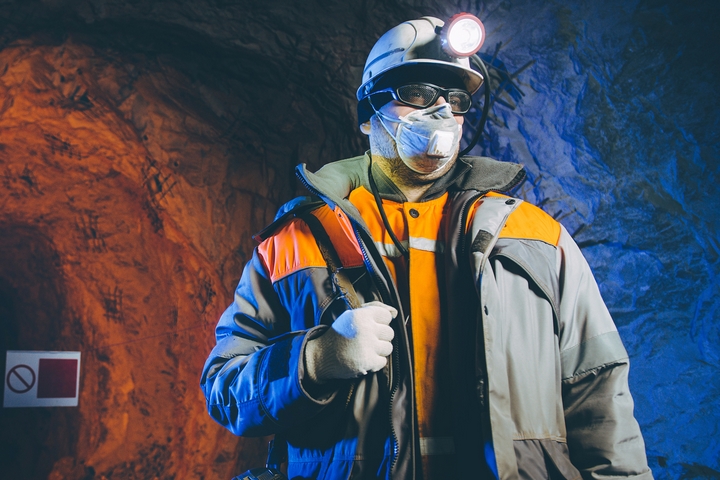
Depending on the operation and the combination of hazards a miner is exposed to, they need a face shield. Some potential hazards a miner could face include grinding residues, weld spatter, large flying particles produced by chipping, cutting or scaling.
A mining face shield should be appropriately mounted in a miner’s safety cap. It should be easily and quickly hinged upwards, to allow easy observation of ongoing work, and downwards over the face, to provide protection as the miner works. A facepiece provides respiratory protection and prevents irritating substances from coming into contact with the eyes.
5. Ear Plugs

These protect the ears against potential hearing damage resulting from loud sounds. Excessive noise and loud bangs produced during blasting can lead to degenerated hearing and eventual hearing loss. Depending on the noise levels and their potential for ear damage, miners should wear the correct earplugs whenever exposed to such sounds.
6. Boots

Modern industrial footwear, such as work boots, feature insulated boots that protect the feet against extreme temperatures. Higher boots prevent ankle rollover, while wider and thicker platforms provide improved balance and sure footing. Besides, modern industrial boots feature a plastic cap to reinforce and protect the toe and ankle area.
7. Gloves

A miner’s hands need protection. Glove manufacturers have made tremendous improvements in glove designs to accommodate mining protection. Nowadays, you can get task-specific gloves. The available glove designs include light-weight materials that are more breathable, puncture- and cut-resistant. Gloves are made from Cordura, leather or Kevlar, or a combination of these. Some of them have fibre knuckle protection or other forms of rigid padding. Some mining glove designs have a wrist protection feature.
8. Vests

Vests are common part of every mining protection attire. Protective gear such as vests made with retro-reflective materials with high-visibility colours can be worn over jackets to increase visibility in dark and wet conditions.
9. Protective Clothing

Miners need protective clothing such as headgear, rain gear, coveralls and high-visibility jackets. They also need flash-rated, all-cotton coveralls and clothes with reflective stripes such as those worn by runners and bikers.
10. Jackets

A protective miner’s jacket should include special padding on the spine, elbows and shoulders to offer adequate protection against injury. They are generally made from ballistic nylon, leather, kevlar, Cordura or other synthetics.
11. Pants

Miners’ pants are made from the same material as the jackets. They, however, come with additional special protection for the hips and knees. Denim cotton jeans with kevlar reinforcement are preferred by some miners.
12. Harnesses and Belts

Although a miner’s belt is not considered appropriate for fall protection, it can be used to carry the lamp’s battery and the self-contained oxygen generator. The webbing belt can be used with or without lumbar support or suspenders. The only recommended device for fall protection is the full-body harness with a D-ring attachment in between the miner’s shoulder blades.
This harness must be worn together with an appropriate shock-absorbing device and lanyard. Miners working in over crushers, shafts and near-open pits and sump should kit up with this protective gear. Additional D-rings can be appended to the miner’s belt or harness to restrict movements or provide better work positioning.

